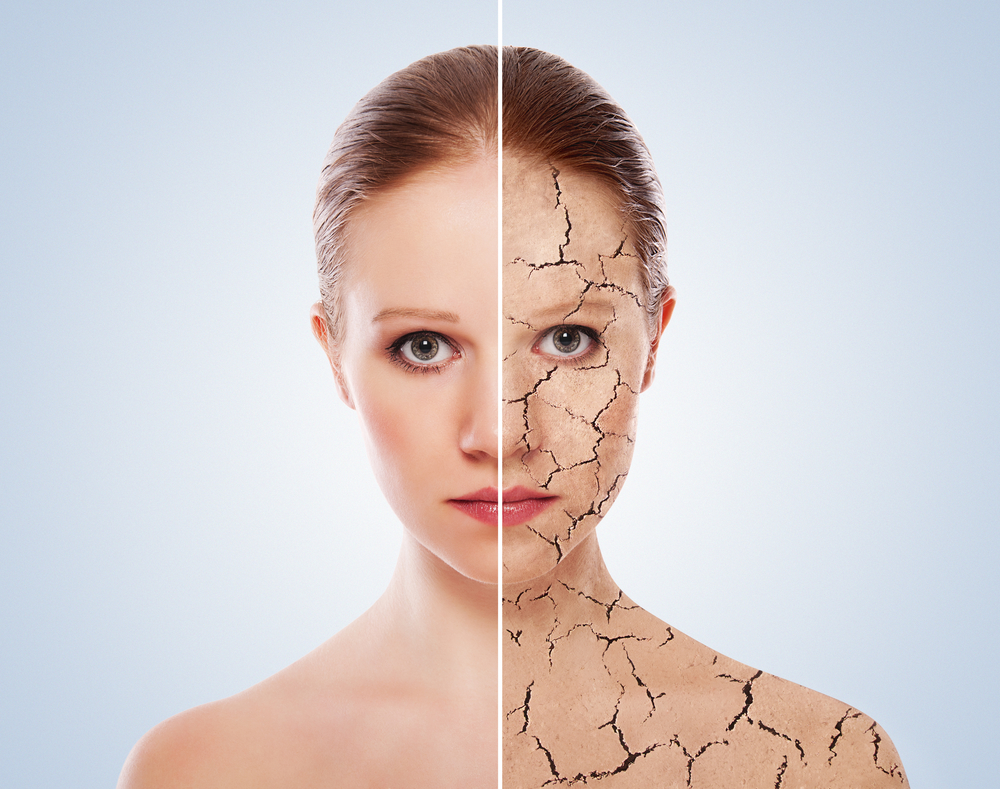Skin tags are small, benign growths that can appear on the surface of the skin. They are also known as acrochordons. These growths are typically soft and flesh-colored and often resemble tiny, hanging bits of skin. Skin tags are quite common and can appear on various parts of the body, including the neck, underarms, eyelids, and groin area.
Here are some key points to understand about skin tags:
- Benign Nature: Skin tags are non-cancerous and generally harmless. They are not contagious and do not pose a significant health risk.
- Common Occurrence: Skin tags are common in both men and women, and they tend to become more prevalent with age. Genetics can also play a role in their development.
- Causes: While the exact cause of skin tags isn’t always clear, they often develop in areas where skin rubs against skin or clothing. Friction and moisture in these areas may contribute to their formation.
- Appearance: Skin tags vary in size, typically ranging from a few millimeters to a centimeter in diameter. They may be smooth or wrinkled and are usually attached to the skin by a thin stalk or peduncle.
- Painless: Skin tags are generally painless, but they can occasionally become irritated or sore if they rub against clothing or jewelry.
- Treatment: Skin tags are typically harmless and do not require treatment. However, some people choose to have them removed for cosmetic reasons or if they become irritated. Removal methods include freezing (cryotherapy), cutting (with scissors or a scalpel), or cauterization.
- Consultation: If you have a skin tag that is bothering you or if you notice any changes in its appearance, it’s a good idea to consult a dermatologist or healthcare professional for proper evaluation and guidance.
In summary, skin tags are common, benign growths on the skin that are generally harmless. While they don’t require treatment, some people opt to have them removed for cosmetic reasons or if they cause discomfort. If you’re considering removal or have concerns about a skin tag, it’s advisable to seek guidance from a healthcare professional.
Ways To Safely Remove Skin Tags
There are several safe methods for removing skin tags, although it’s important to note that skin tags are generally harmless, and removal is typically for cosmetic or comfort reasons. Here are some safe ways to remove skin tags:
- Consult a Dermatologist: Before attempting any removal method, it’s wise to consult a dermatologist or healthcare professional. They can confirm that the growth is indeed a skin tag and not a more serious condition.
- Over-the-Counter (OTC) Products: There are OTC products designed for at-home removal of skin tags. These typically involve topical applications that cause the tag to wither and fall off over time. Follow the instructions carefully when using these products.
- Tying Off with Dental Floss or Thread: This method involves tying a small piece of dental floss or thread around the base of the skin tag to cut off its blood supply. The tag will eventually fall off. Ensure that the thread is clean, and the area is disinfected before attempting this method.
- Freezing (Cryotherapy): Cryotherapy involves freezing the skin tag using a specialized freezing agent. This can be done at home with OTC cryotherapy kits or by a healthcare professional using liquid nitrogen. The freezing causes the tag to die and fall off.
- Cutting with Sterile Scissors or Scalpel: This method should be performed by a healthcare professional. They will sterilize the area and use sterile scissors or a scalpel to cut off the skin tag. This is a quick and effective method but should not be attempted at home unless you have medical training.
- Electrocautery or Cauterization: In this method, a healthcare professional uses an electrical current to burn off the skin tag. It’s a precise and quick procedure that can be performed in a medical office.
- Laser Removal: A dermatologist may use a laser to remove the skin tag. Laser removal is precise and minimizes bleeding. This method is usually performed in a medical setting.
- Excision with Ligation: A healthcare professional can use this method, which involves cutting off the blood supply to the skin tag by tying it off with a suture before removing it with a scalpel.
- Natural Remedies: Some people try natural remedies like applying apple cider vinegar, tea tree oil, or garlic to the skin tag. While these methods are considered safe, they may take longer to work, and results can vary.
Important Tips:
- Always keep the area clean and disinfected before attempting any removal method.
- If you experience pain, bleeding, or signs of infection during or after removal, seek immediate medical attention.
- Do not attempt to remove large or stubborn skin tags at home; consult a healthcare professional.
- If you have any doubts about how to safely remove a skin tag, consult a dermatologist for guidance.
Remember that it’s crucial to have any suspicious skin growth examined by a healthcare professional to rule out any serious conditions before attempting removal.
The Collagen Support Pack from Purium is designed to provide your body with the essential building blocks it needs to produce and maintain collagen. Collagen is a vital protein that plays a crucial role in maintaining healthy skin, joints, bones, tendons, ligaments, and gut function.
The pack includes nutrients critical to collagen structure and vital for maintaining its strength and elasticity. These nutrients include proteins like proline and glycine, vitamin C, methyl sulfurous compounds, silica and other trace minerals, as well as polyphenols.
Collagen is what’s beneath our skin, above our muscles, and in between all of our organs. It’s considered connective tissue because it literally connects everything within your body. As we age, it gets more difficult for our body to maintain thick, lively, connective tissue, that is, healthy collagen. While most people think building collagen is the secret that gives skin its healthy glow, and prevents sagging skin and wrinkles, it actually has many benefits that go beyond the aesthetics.
Skin tags can be removed but you may want professional help! #HealthSurgeon
READ MORE: 13 Tea Tree Oil Benefits For Skin And Hair
Sources:
https://www.aad.org/public/diseases/a-z/skin-tags
https://my.clevelandclinic.org/health/articles/12165-dermatologists-skin-care-doctors
https://www.medicalnewstoday.com/articles/319740









